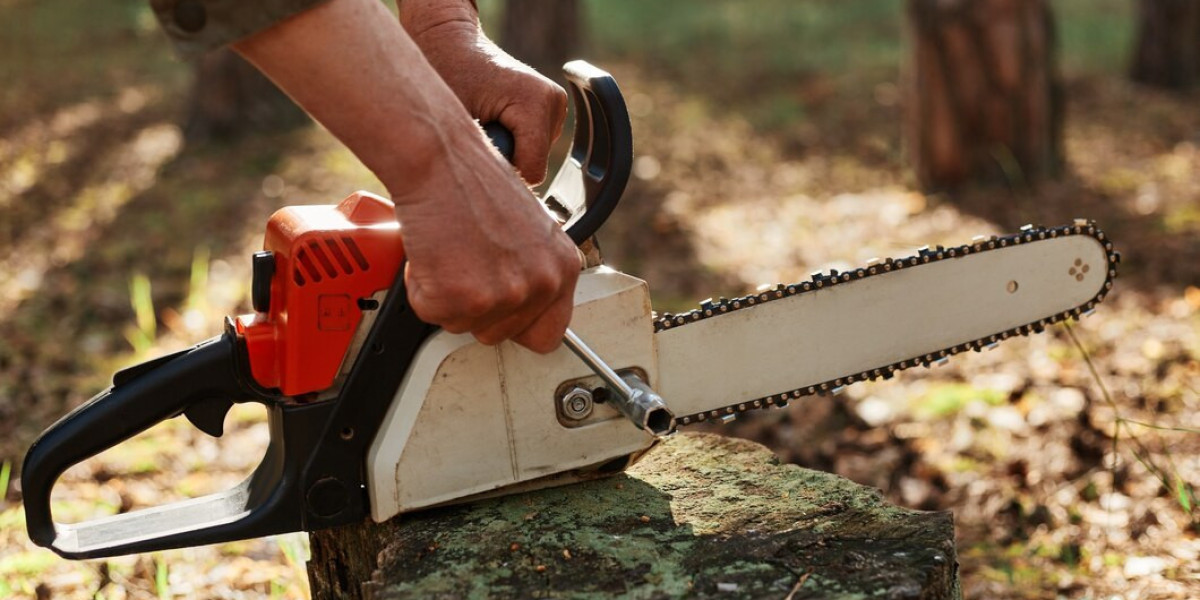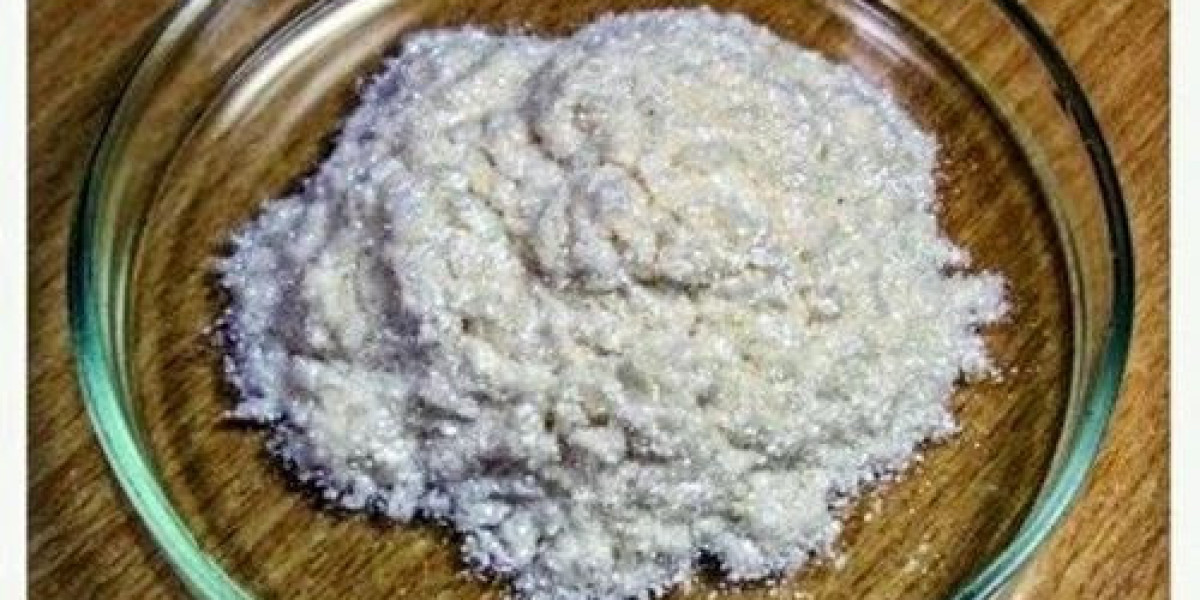Gas-powered drills are powerful tools that can make your drilling tasks much easier, but they require regular maintenance to keep them running efficiently. Proper care can extend the life of your drill and ensure that it performs at its best. Here are some essential maintenance tips to help you keep your gas-powered drill in top shape.
1. Read the Manufacturer’s Manual
Before you start any maintenance procedures, familiarize yourself with the manufacturer's manual. The manual provides specific guidelines and maintenance schedules tailored to your particular drill model. Following these instructions will ensure that you perform the correct maintenance tasks.
2. Regularly Check and Change the Oil
The engine oil in your gas-powered drill lubricates the internal components and helps prevent overheating. Check the oil level regularly and change it according to the manufacturer’s recommendations. Typically, you should change the oil every 20-30 hours of operation or once a season, whichever comes first.
- How to Check Oil Level: Remove the oil dipstick or plug, wipe it clean, reinsert it, and then remove it again to check the oil level.
- How to Change Oil: Drain the old oil, replace the oil filter if necessary, and refill with fresh oil.
3. Inspect and Replace the Air Filter
The air filter prevents dirt and debris from entering the engine, which can cause damage over time. Inspect the air filter regularly and clean it if it’s reusable. Replace it with a new one if it’s damaged or excessively dirty.
- How to Clean the Air Filter: Remove it from the drill, tap it gently to remove loose dirt, and wash it with soap and water if it's a washable filter. Allow it to dry completely before reinstalling.
- When to Replace the Filter: Replace it if cleaning doesn’t restore its functionality or if it's visibly damaged.
4. Check and Clean the Spark Plug
The spark plug ignites the fuel-air mixture in the engine. A fouled or worn spark plug can lead to poor performance and hard starting. Inspect the spark plug regularly and clean or replace it as needed.
- How to Inspect the Spark Plug: Remove the spark plug using a wrench, inspect it for wear or carbon buildup, and clean it with a wire brush or spark plug cleaner.
- When to Replace the Spark Plug: Replace the spark plug if it’s worn, has excessive carbon buildup, or if cleaning doesn’t improve performance.
5. Maintain the Fuel System
The fuel system, including the carburetor and fuel lines, needs to be kept in good condition for optimal performance. Check for any leaks, and ensure the fuel is fresh and free from contaminants.
- How to Check Fuel Quality: Use clean, fresh gasoline and avoid using old or contaminated fuel. Consider adding a fuel stabilizer if you store the drill for extended periods.
- How to Clean the Carburetor: Remove and clean the carburetor as per the manual’s instructions, or take it to a professional if you’re unsure.
6. Inspect and Tighten Bolts and Screws
Regularly inspect all bolts and screws on the drill to ensure they are tight. Vibrations from use can cause them to loosen over time, which may affect the drill’s performance and safety.
- How to Tighten Bolts and Screws: Use the appropriate tools to check and tighten all visible fasteners. Do not over-tighten, as this can cause damage.
7. Keep the Drill Clean
Keeping your drill clean helps prevent the buildup of dirt and debris that can affect its operation. After each use, wipe down the drill with a clean cloth and remove any debris from the ventilation ports and other parts.
- How to Clean the Drill: Use a dry cloth to remove dirt and debris. For stubborn areas, use a brush or compressed air. Avoid using water or harsh chemicals.
8. Store the Drill Properly
When not in use, store your gas-powered drill in a clean, dry place. Avoid leaving it in extreme temperatures or damp conditions, as these can damage the tool.
- How to Store the Drill: Keep the drill in a protective case or cover to shield it from dust and moisture. Ensure the fuel tank is empty if storing for a long period.



